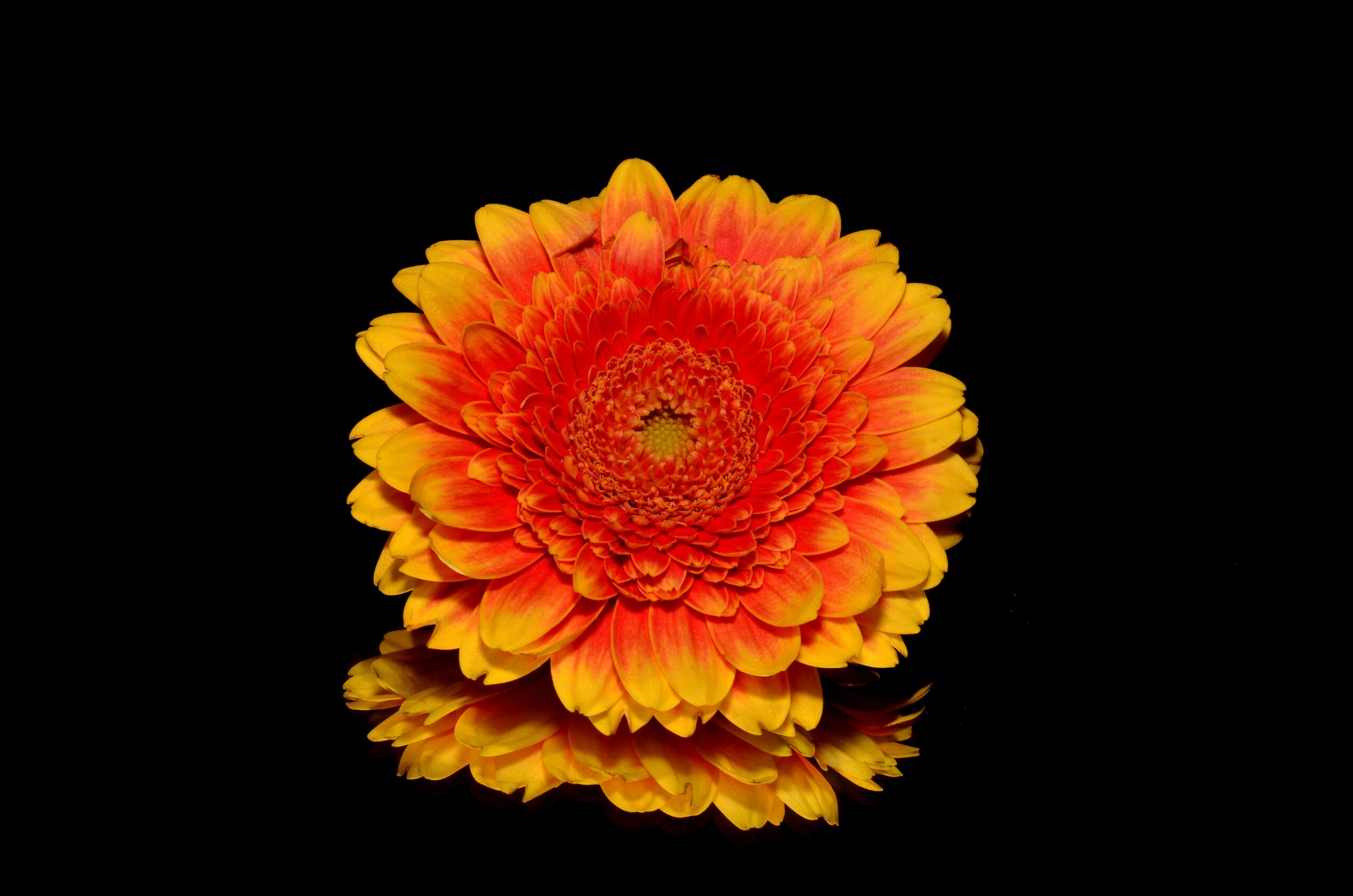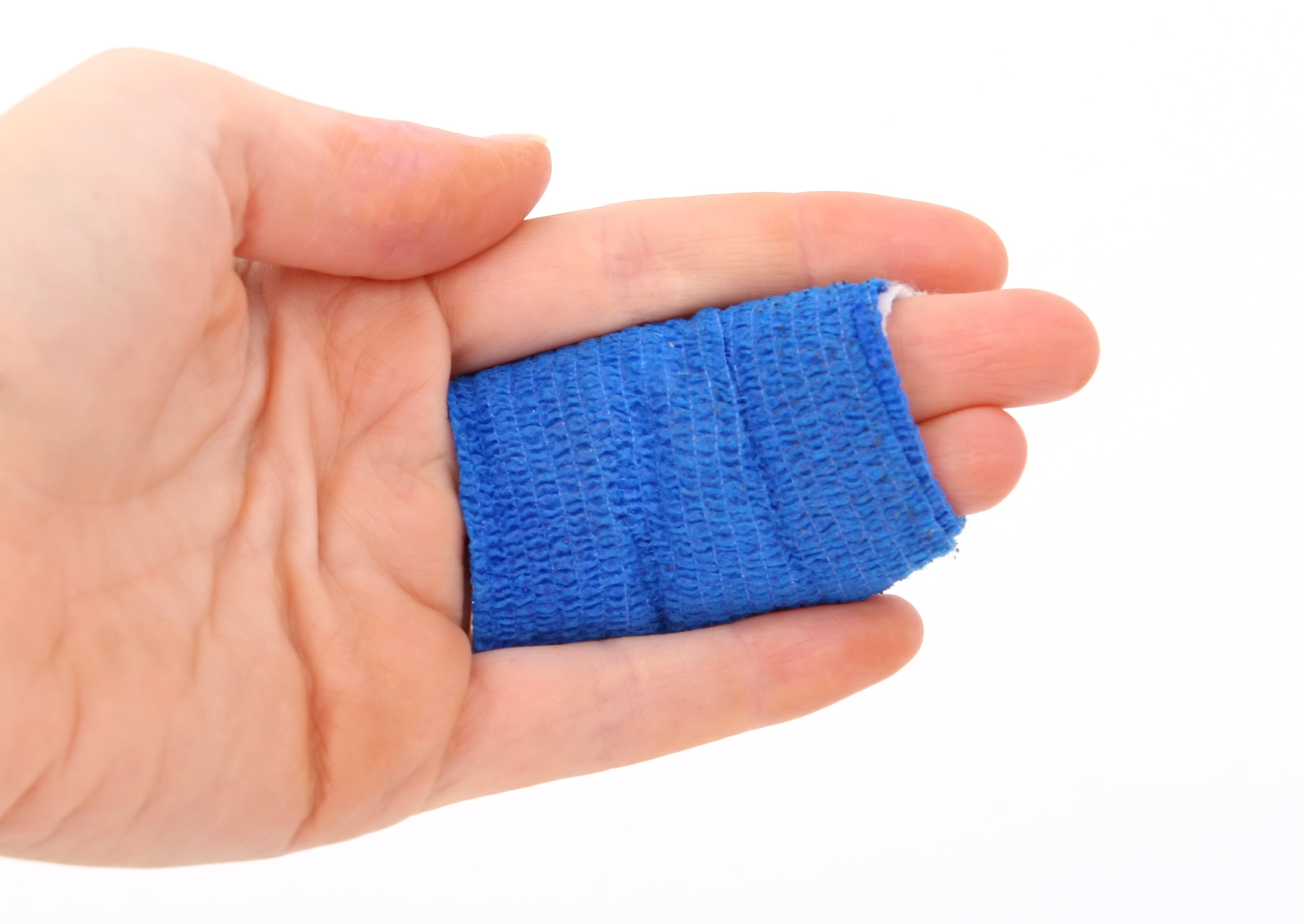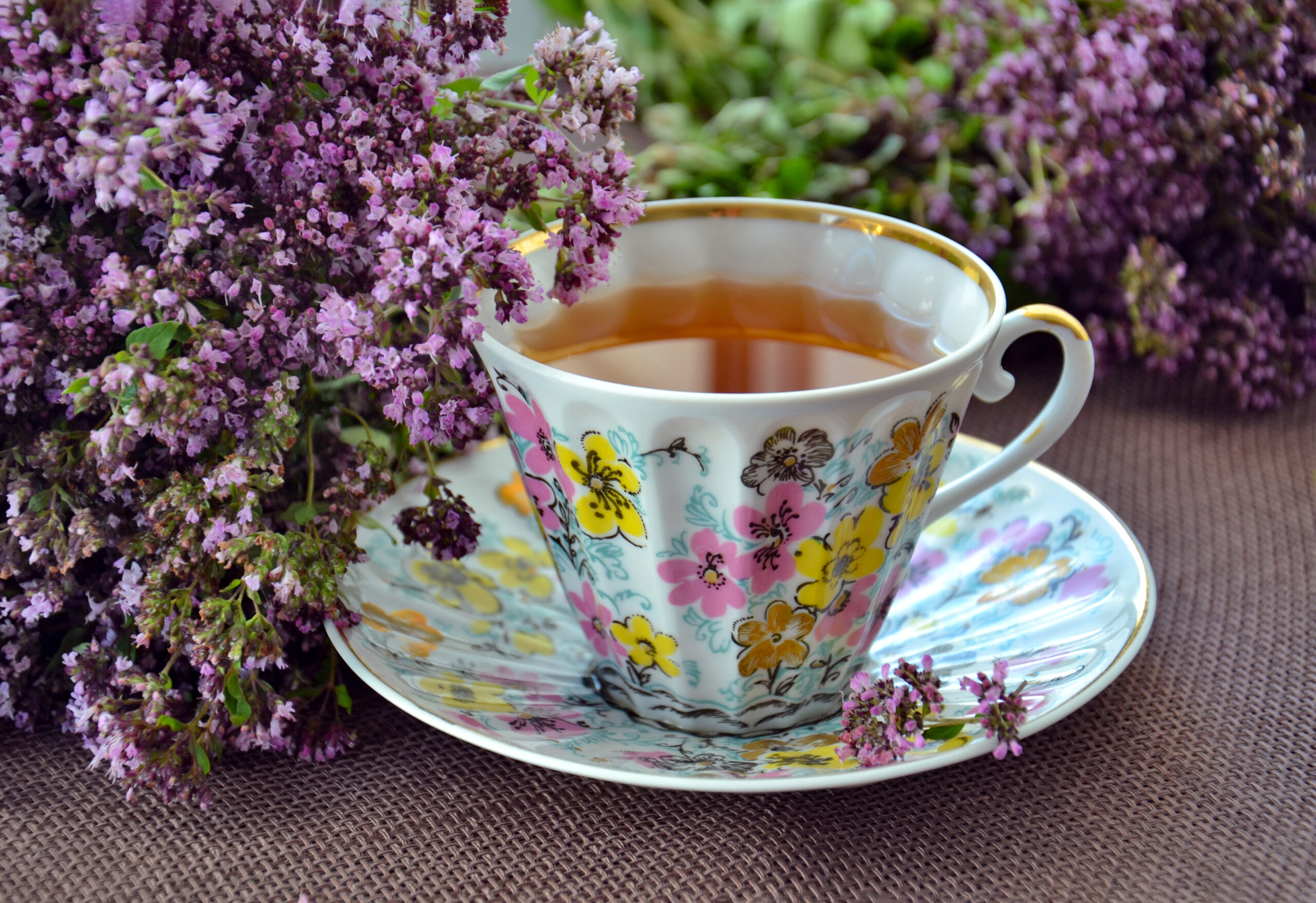Calendula: Uses, Benefits, Side Effects and More
Calendula is a medicinal plant used as a natural remedy for skin disorders, wound healing, pain relief, and reducing inflammation. It has anti-inflammatory and anti-microbial benefits.
Calendula flowers are rich in carotenoids, flavonoids, glycosides, steroids and sterols quinones, volatile oil, and amino acids. These properties give the plant it’s natural health benefits.
Calendula is known to have anti-inflammatory, anti-thrombolytic, anti-cancer and neuroprotective activities. It has antiviral and inflammation-reducing properties.
This article explains what you need to know to use calendula for pain relief and inflammation, the potential side effects, and risks associated with this medicinal plant.

What is Calendula?
Calendula is an herbaceous perennial plant called calendula officinalis L. It is in the Asteraceae/Compositae family. The Calendula officinalis flowers are the medicinal part of the plant. They are an elegantly rich orange and yellow with a double or semi-double flowerhead.
Calendula is native to North America and Southern Europe. It’s a fragrant addition to vegetable gardens and attracts pollinators like butterflies and bees.
Common Names for Calendula officinalis
The botanical name for marigold is Calendula officinalis which is often confused with French marigolds of the Tagetes genus. But, these are not used in herbal medicine because they are toxic.
Calendula is also known as pot marigold, calendule, common marigold, English Garden marigold, ruddles, Mary’s gold, Scotch marigold, or Fleur de Calendule.
What is Calendula Used For
Calendula can be used as a treatment for
- Various skin disorders, like diaper rash
- Digestive health, like GERD
- Wound healing
- Prevention of acute dermatitis during irradiation for breast cancer
- Inflammatory disorders
- Ear pain in children
Research shows calendula is effective at treating diaper rash, wounds, and vaginal infections. Calendula is also used as an anti-inflammatory and pain reliever. Many people add it to their anti-cancer treatments to help with inflammation.
Calendula can also be used as a sunscreen and moisturizer. While some studies suggest its beneficial effect on the brain there are no longer studies on the longer-term effects of calendulas.
Skin Disorders
Calendula officinalis L. soothes the skin and is often used in cosmetics and skin care products. It is best applied topically to help with pain and inflammation of skin issues.
Diaper rash
Diaper rash is acute dermatitis that affects children who wear diapers. Calendula and aloe vera topicals are well loved diaper rash treatments that many parents have tried. This is mostly due to the fact that since both aloe vera and calendula have anti-inflammatory and anti-microbial properties, it should help.
But research hasn’t shown any strong evidence to support that it really helps.

Wound Healing
There is some evidence to suggest that calendula helps wound healing, especially in the early inflammatory stages.
- Animal studies provide moderate evidence for improved recovery from the inflammation phase and increased production of granulation tissue in calendula extract treatment groups.
- Calendula officinalis flower extract was applied topically to animals in a study about wound closure. The percentage of wound closure was 90.0% in the extract-treated group and the control group showed only 51.1% on the eighth day of wounding.
- In a study using calendula for venous leg ulcers, there was a statistically significant acceleration of wound healing in the experimental group. However there need to be more more studies.
Otitis Media (Ear Infection)
Otitis media, or middle ear infection, is a common reason to go to the doctor’s office. It causes pain and inflammation and is especially common in children.
Calendula has been used to treat pain associated with acute otitis media folk and natural medicine. It has some research studies to support it’s use. But always check with your child’s pediatrician before using any naturopathic remedies.
- This study suggests that in cases of ear pain caused by AOM in children in which active treatment, besides a simple 2- to 3-day waiting period, is needed, an herbal extract solution may be beneficial. Concomitant antibiotic treatment is apparently not contributory.
Digestive Health and GERD
Gastroesophageal reflux disease, or GERD, is a proton pump inhibitor problem. It can cause heartburn and erode the esophagus over time.
Along with taking a proton pump inhibitor, oral calendula might help relieve the inflammation caused by GERD.
One study showed that adding herbal medicines that can reduce inflammation, like calendula, are beneficial for GERD.
Bacterial Vaginosis and Yeast Infections
Bacterial vaginosis is a common bacterial infection of the vagina. It causes odor, itching, and inflammation. It commonly requires a prescription for metronidazole to get rid of the bacteria.
In one study, researchers compared calendula ointment to metronidazole in 80 women who had been diagnosed with bacterial vaginosis. After one week, both groups were cured of bacterial vaginosis and none had any side effects. Researchers concluded calendula ointment might be an option to taking medications.
Yeast infections are an overgrowth of yeast that cause discharge, odor, and itching of the vagina.
One study found that calendula cream was effective for treating vaginal yeast infections, but that it did not work as fast as the standard medication (clotrimazole).
Cell Rejuvenation
Calendula has some evidence to suggest it can help with cell rejuvenation. It’s often found in skin care products.
Active Ingredients in Calendula
The active ingredients in calendula are:
- Terpenoids
- Terpenes
- Carotenoids
- Flavonoids (quercetin and isorhamnetin)
- Polyunsaturated fatty acids.
Calendula Preparation
Calendula flowers can be eaten or made into calendula extract.
Oral Calendula
The calendula flowers can be eaten and are quite tasty. The leaves shouldn’t be eaten, mostly due to the taste.
Making Calendula tea uses the dried flowers of the calendula plant. You can dry the calendula flower petals of calendula by picking the flowers out of the sun and covering them with paper towels. You may use freshly brewed blooms when making calendula teas or calendula essential oil.
How to Make Calendula Tea
Here are the steps for making calendula tea
- Bring water to a boil then allow to cool slightly
- Add 2 teaspoons of dried flowers to a tea infuser or teapot
- Pour hot water over the leaves and allow it to steep for 10 minutes
- Strain and enjoy
Topical Calendula
Calendula extract is made by putting calendula flowers in a carrier oil. To make calendula extract, simply soak the flowers in either olive oil or coconut oil and allow to infuse for 4-6 weeks. Then use a strainer to remove the flowers from the oil. Store in a dark, airtight container.
Calendula extract can be used as a calendula ointment, calendula cream, and gel. Aloe vera and calendula complement each other well and are often found in calendula topicals together.
This is a good calendula and aloe vera cream. It has 9 essential oils including tea tree, chamomile, and lavender.
Calendula Dosage
Calendula is considered an herb and natural remedy. It is not available as a prescription drug and not FDA approved.
Because of this, a standard dosage does not exist. As with most natural remedies, titrate the dose to meet your needs and always start small.
How to Store Calendula
Storage for calendula products should not be damp. When buying calendula from a retailer see the package for a best-by date. Keep using this product until it’s expired. Store dried flower petals in airtight containers. Mix your oil with clingon and keep in air tight containers in cool, dry areas.
Possible Side Effects of Calendula
To avoid having an allergic reaction to calendula, don’t take it if you’re allergic to ragweed, daisies, marigold, or plants in the Asteraceae/Compositae family.
Don’t take calendula if you are pregnant or breastfeeding.


